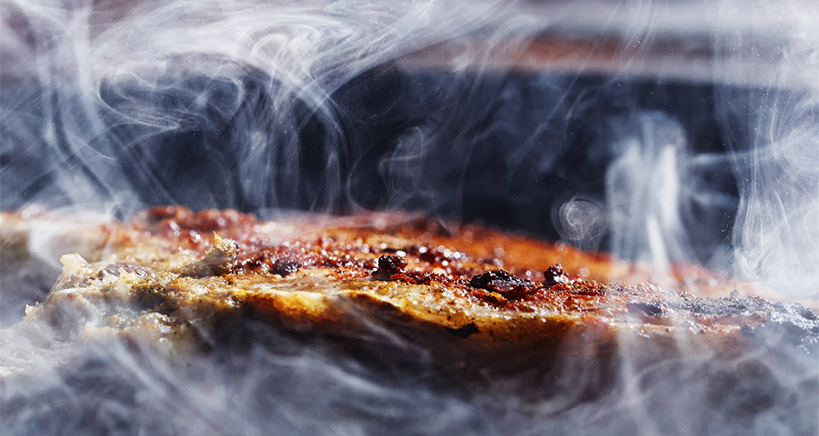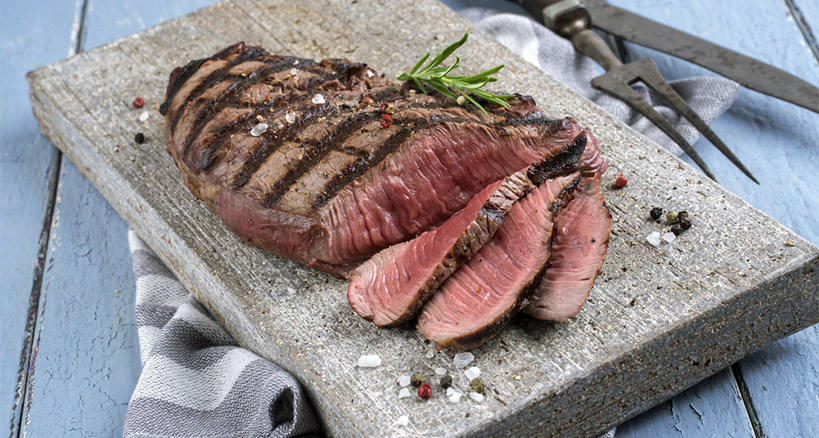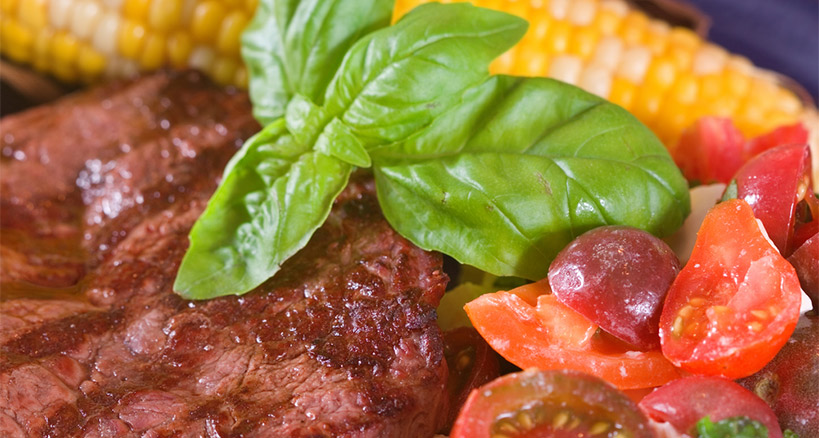
Catering Trends: Smoked Food
When it comes to catering and keeping up with the latest trends, there’s no rest for the weary. Just when you thought you had a handle on the latest trend – be it craft butter or Greek cuisine – along comes the next big thing and the cards are in the air. Now it’s time to prepare for the era of smoked food of all kinds. It’s hard to ignore the appeal of smoke-flavored foods; from the distinct taste to the pleasant and distinctive aroma, smoked foods are definitely rising in popularity.
Smoke is Not Just for Meat
We spent some time in a recent blog discussing how you can incorporate barbecue into your catering menu, in particular Korean barbecue. But smoke is not just for brisket or other cuts of meat and, in fact, nearly any food or dish can be smoked. The Smoke restaurant in Dallas, Texas, serves a cedar-wood infused tequila cocktail and they are not alone – smoky cocktails are all the rage. All you need in order to cook up original and delicious smoked foods are some wood chips (such as hickory, maple, cherry, mesquite, etc.), a grill or smoker, a variety of herbs and seasonings, and your own instinct, imagination, and creativity and voila, a smoked food is born.
Continue reading Promote Smoked Foods on Your Menu to Increase Business

